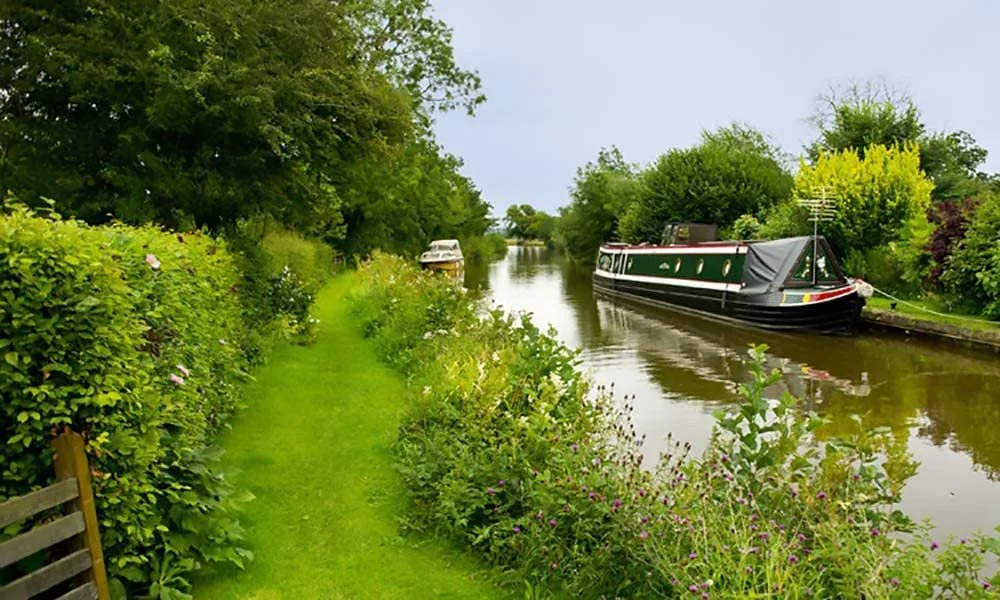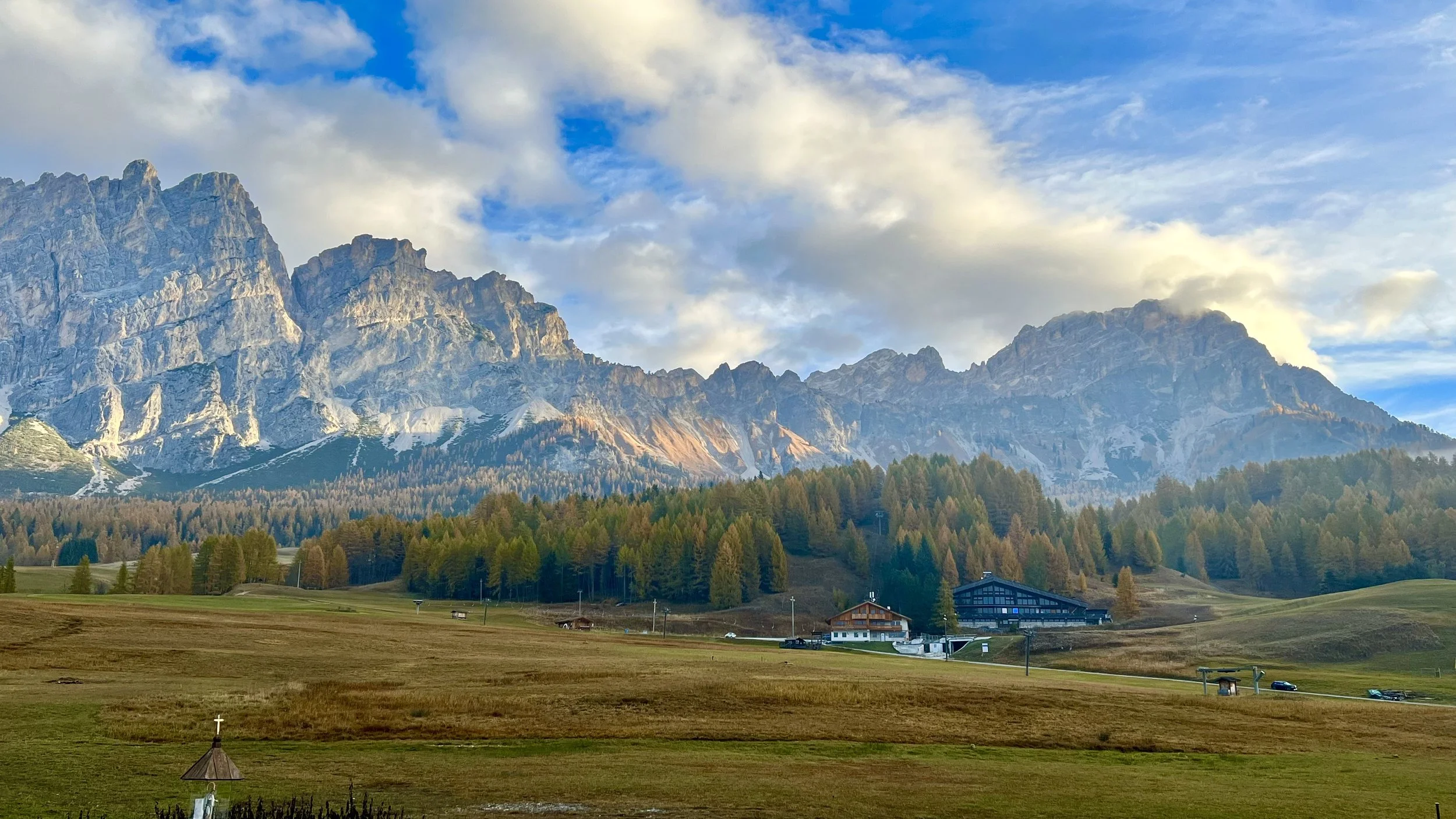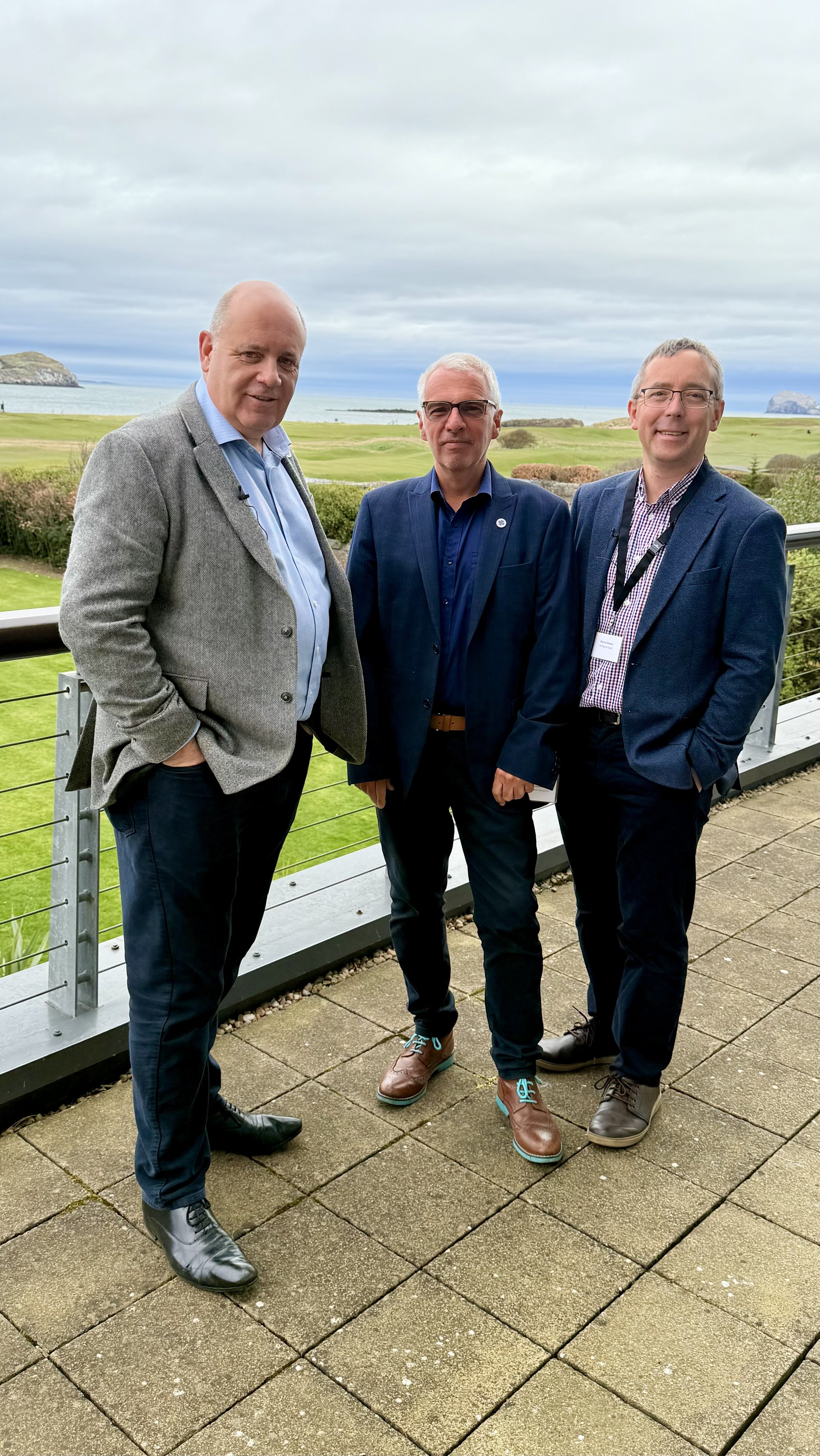56 Degree Insight recently completed our largest survey to date with over 12,000 interviews completed with Scots on behalf of NatureScot, aiming to find out about their participation in outdoor recreation and other nature engagement.
NatureScot are publishing the results on their website in a series of short, accessible summary reports. The overall Headline Summary report and spotlight reports relating to Outdoor Recreation and Health and Wellbeing are available now and reports relating to Connection to Nature and Equality and Diversity will be published later in the year. All of these reports, technical information on the survey and the detail data sets will all be available to access here.
Scotland’s People and Nature - Our top ten insights
Given the scale of the survey, both in terms of the huge number of interviews completed and the wide range of topics covered (outdoor for leisure visits, pro-environmental attitudes and behaviours, active travel, health and wellbeing and nature connection to name a few), Scotland’s People and Nature has generated a vast amount of data and valuable insights.
We’ve summarised our pick of the ‘top ten’ insights below:
Scotland’s adult population took over 611 million visits to the outdoors for leisure during the 12-month survey period (March 2023 – February 2024) – that equates to around 134 visits per person (or about 2-3 visits per week).
Levels of participation in outdoor visits have returned to pre-pandemic levels – while comparisons are tricky due to changes in survey approaches, trend data shows that pre-pandemic levels of participation increased steadily from 2012 to 2020 and increased substantially during Covid-19 lockdown periods. However, our latest survey results for 2023-24 indicate that levels are now back in line with those recorded in 2019.
Most Scots visit the outdoors for leisure at least weekly, but participation levels are not equal across the population – overall 61% of us visit weekly or more often (23% every day) but levels are somewhat lower amongst people who are struggling financially, residents of the most deprived areas, people with poor health and members of ethnic minorities.
Health and wellbeing are the most common reasons for spending time outdoors – overall 84% of visits taken were motivated by a desire to get physical exercise or for wellbeing benefits such as relaxation. The activity most likely to provide wellbeing benefits was wildlife watching while taking part in cycling was most likely to provide physical health benefits.
While walking leads, people in Scotland participate in a wide range of outdoor activities – while the overwhelming majority of outdoor recreation visit taken in Scotland involved walking, other activities included in more than 10% of visits were sightseeing (27%), wildlife watching (23%), outdoor photography (18%), picnicking (13%), running (13%) and cycling/ mountain biking (11%).
Outdoor swimming is the most popular water sport in Scotland - 61% of visits taken during the survey period which involved water based activities included outdoor swimming. Two thirds of participants were women (67%).
Over 2 in 5 camping trips involved wild camping - 45% of camping trips involved campaing not in a formal managed campsite. Visits which included fishing were the most likely to also involve of wild camping.
E-bikes are used in 1 in 7 cycling trips – E-bikes were used in 14% of visits including any cycling. Notably e-bike usage was around 6 times higher on cycling visits undertaken by people who were very comfortable financially compared with visits by those struggling with finances.
A lack of facilities and safety concerns can make local greenspaces unappealing – after time constraints, a lack of public toilets, fears over anti-social behaviour, a lack of seating and a lack of lighting were the most common factors discouraging people from spending time in their local greenspaces (18%, 13%, 11% and 10% respectively). Safety concerns were greater amongst women than men.
People who live closer to high quality greenspaces are more likely to visit the outdoors for recreation on a frequent basis – notably 82% of people who lived within 5 minutes of a high quality greenspace visited the outdoors weekly compared to just 52% of people who lived more than 20 minutes walk from their nearest space. Also satisfaction with the availability of local greenspaces was higher amongst people who are financially comfortable and those with good health.
These results are just a snapshot of the wealth of findings from Scotland’s People and Nature, highlighting the many benefits of outdoor recreation and the provision of safe, high quality and easy to access greenspaces, but also the inequalities in provision and access that exist.
To find our more about the survey and to access the results – go to the SPANS webpage on the NatureScot website or get in touch with Duncan or Jim at 56 Degree Insight if you’d like to discuss further.




































